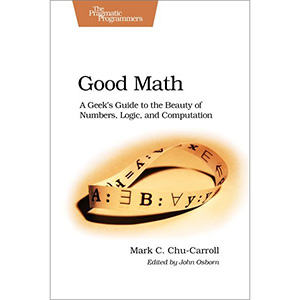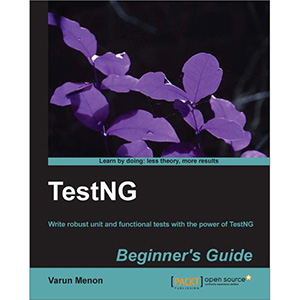Python Geospatial Development , 2nd Edition

Geospatial development links your data to places on the Earth’s surface. Writing geospatial programs involves tasks such as grouping data by location, storing and analyzing large amounts of spatial information, performing complex geospatial calculations, and drawing colorful interactive maps. In order to do this well, you’ll need appropriate tools and techniques, as well as a thorough understanding of geospatial concepts such as map projections, datums and coordinate systems.
Python Geospatial Development – Second Edition teaches you everything you need to know about writing geospatial applications using Python. No prior knowledge of geospatial concepts, tools or techniques is required. The book guides you through the process of installing and using various toolkits, obtaining geospatial data for use in your programs, and building complete and sophisticated geospatial applications in Python.
Python Geospatial Development teaches you everything you need to know about writing geospatial applications using Python. No prior knowledge of geospatial concepts, tools or techniques is required. The book guides you through the process of installing and using various toolkits, obtaining geospatial data for use in your programs, and building complete and sophisticated geospatial applications in Python.
This book provides an overview of the major geospatial concepts, data sources and toolkits. It teaches you how to store and access spatial data using Python, how to perform a range of spatial calculations, and how to store spatial data in a database. Because maps are such an important aspect of geospatial programming, the book teaches you how to build your own “slippy map” interface within a web application, and finishes with the detailed construction of a geospatial data editor using Geodjango.
Whether you want to write quick utilities to solve spatial problems, or develop sophisticated web applications based around maps and geospatial data, this book includes everything you need to know.
What you will learn from this book
- Access, manipulate and display geospatial data from within your Python programs
- Master the core geospatial concepts of location, distance, units, projections and datums
- Read and write geospatial data in both vector and raster format
- Perform complex, real-world geospatial calculations using Python
- Store and access geospatial information in a database
- Use points, lines and polygons within your Python programs
- Use Python-based tools for converting geospatial data into good looking maps
- Build complete web-based mapping applications using Python
Approach
This is a tutorial style book that will teach usage of Python tools for GIS using simple practical examples and then show you how to build a complete mapping application from scratch. The book assumes basic knowledge of Python. No knowledge of Open Source GIS is required.
Who this book is for
Experienced Python developers who want to learn about geospatial concepts, work with geospatial data, solve spatial problems, and build map-based applications.
This book will be useful those who want to get up to speed with Open Source GIS in order to build GIS applications or integrate Geo-Spatial features into their existing applications.
Book Details
- Paperback: 508 pages
- Publisher: Packt Publishing; 2nd Edition (May 2013)
- Language: English
- ISBN-10: 178216152X
- ISBN-13: 978-1782161523














